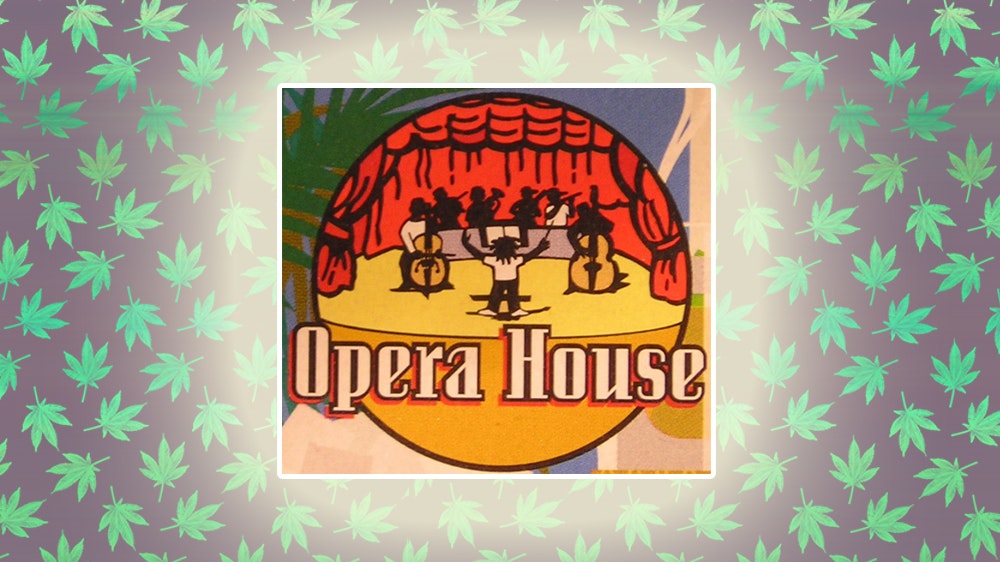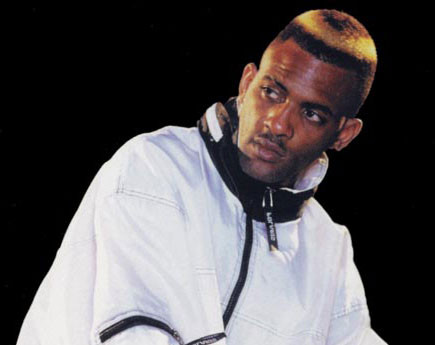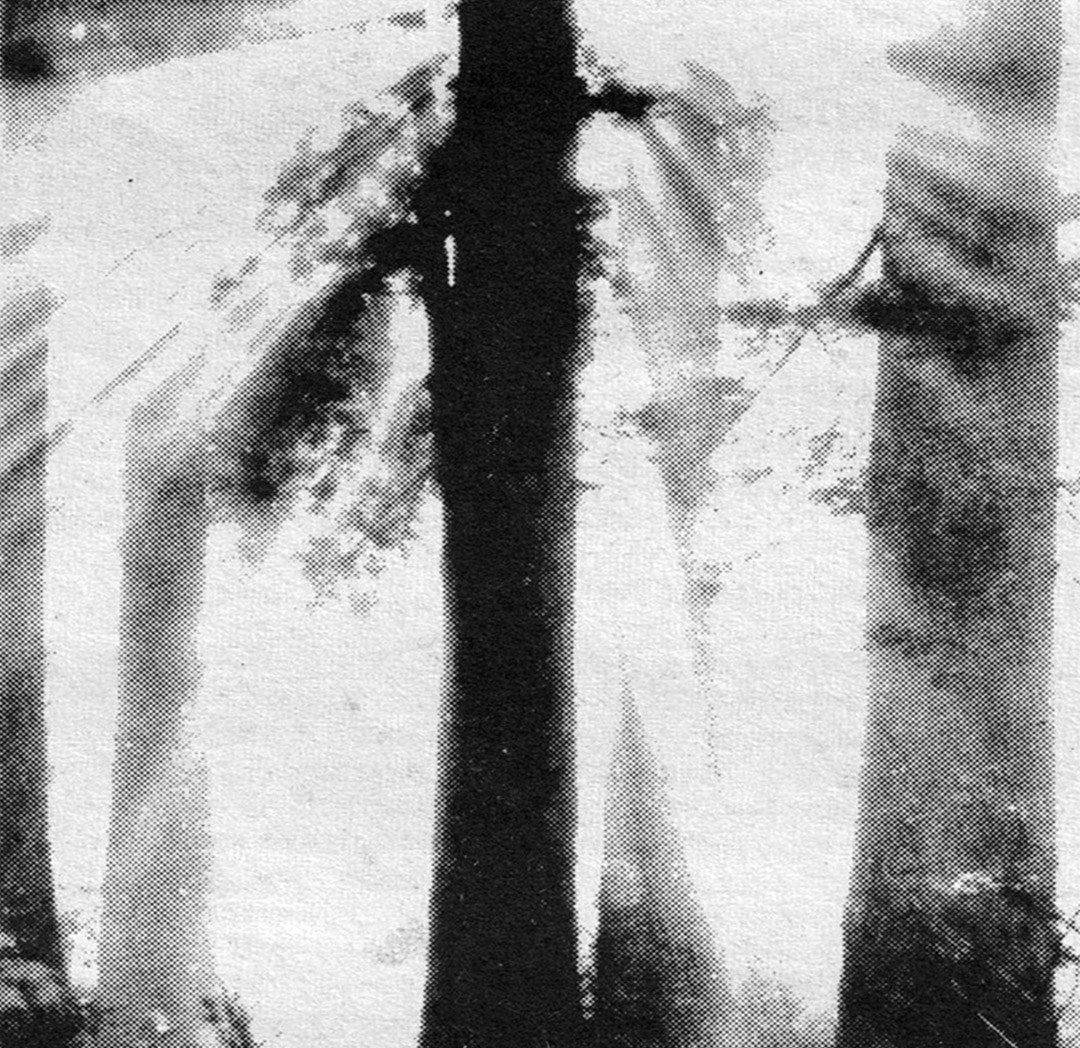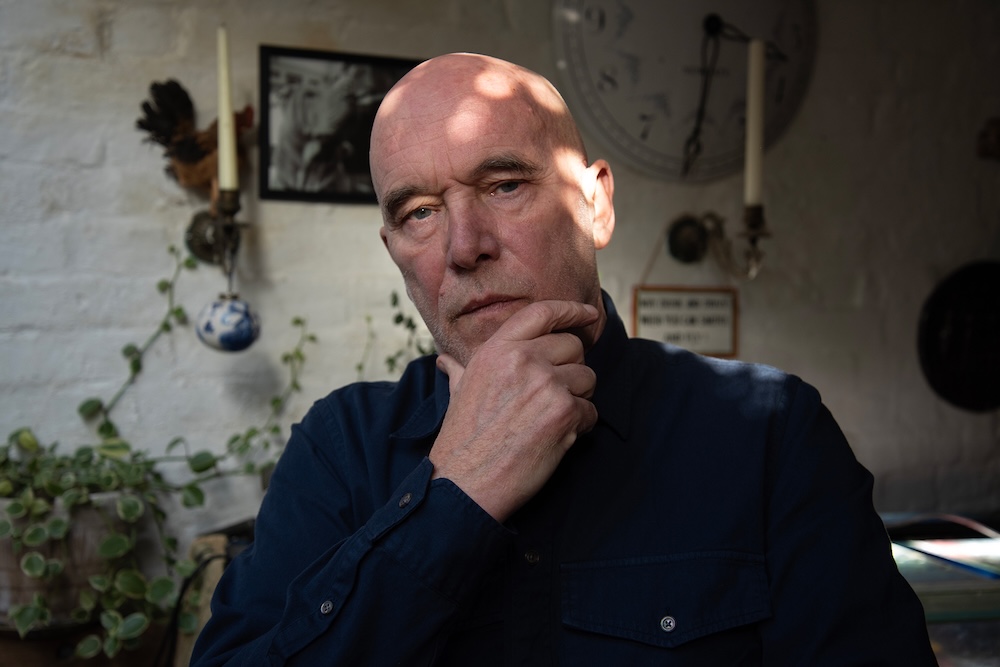Gone To A Rave: The Wild Bashment Of Opera House

The UK lineage is often recognised as a tidy line that runs something like ska – lovers rock – 2tone – soundsystem culture – house – rave – jungle – garage.
This neat flow from one genre to the next may suit millenarian mindsets that love to equate progress through time with progress of culture, but it has very little basis in how things feel up close. Music – like pretty much everything- is a chaos of ideas, fads, throwbacks, hybrids and happy accidents, and there’s usually about 15 ideas happening simultaneously, feeding into each other, overlapping, heading off down bizarre dead ends and frankly making the whole thing a total mess.
It’s with this in mind that I’ve found myself thinking about the Jamaican dancehall labels that were running during the mid and late 90s, years when huge leaps in music technology were shaping UK rave culture, and the innovations being made in garage, techno and jungle were feeding back into the dancehall coming out of Jamaica.
In the early 90s hardcore and jungle producers had been ripping vocal samples and basslines off reggae tracks, but by ‘94, Greensleeves, the big daddy of UK reggae labels, had cut out the middle man and simply started commissioning jungle producers to remix their releases legitimately. Jungle mixes started becoming a common(ish) sight on the flip sides of major dancehall 12”s. With jungle now appearing on a gatekeeper label such as Greensleeves, it was inevitable that Jamaican producers would become aware of UK producers taking the sparse aesthetics of dancehall and teaming them with increasingly weird synth sounds and chest rumbling aggressive bass.
And it’s perhaps as a result of this, and perhaps just a natural development of changing technology and a synchronicity between the synth patches artists were using, that a huge chunk of the dancehall that was released from around 96-99 fits remarkably well sonically with the garage and jungle that was coming out of Britain at the time.
I want to look at one of my favourites – particularly interesting because so much of it’s output remains un-digitised; the immense Opera House Records.
Opera House was owned by Andrew Bradford aka Buccaneer. In the long standing tradition of bashment novelty acts blowing up in Jamaica (see; Red Rat’s squeak, Pampidoo’s synthesizer voice, Alkaline’s fake eye tattoos, and Gully Bop’s vagrant background for other fine examples) Buccaneer had a gimmick; he’d been blessed with an staggering sung tenor vocal, which he used to fine effect full-throatedly belting out dancehall smashes to the tune of famous operas. He scored a series of big hits with this technique – most of them flipping between classical melody and bashment shack out, whilst some of them were just three minutes of him roaring out patois opera (Skettel Concerto has got to be the best/ most bewildering example of this).
Having found success as an artist in his own right, Buccaneer quickly laid down his credentials as an all-round musical don, and it soon transpired that as well as owning a powerful set of pipes, he was a visionary producer. When he set up his own label in 1996, it was inevitable he would call it Opera House. For the next 12 years – but particularly in the period of 1996 – 1999- he set about releasing a string of incredible dancehall bangers that combined melodic passages with the hardest and sparsest of bass and drum breakdowns, on the way releasing some of the biggest tracks dancehall has seen, including Red Rat’s timeless hiyts Dwayne and Tight Up Skirt and his own bonkers, brilliant Enya pastiche Fade Away. Here are a selection of classic riddims from Opera House’s golden age…

FIG LEAF RIDDIM / MAD LION RIDDIM
Dancehall labels have rarely been too fussed with keeping track of what has been released when, so it’s hard to work out which is the first release on Opera House – particularly as almost none of the records have catalogue numbers (and of those that do OPE14 appears at least twice..). With this in mind, the first releases on Opera House were probably either the Fig Leaf or Mad Lion riddims. (A quick note on riddims; in dancehall, a single instrumental track is usually vocalled by a number of different artists. DJs quickly cut between all the different vocals on the riddim- a technique called juggling. The riddim track gives an overriding name to the project, with artists having individually named tracks – so, for example, Red Rat recorded Dwayne on Fig Leaf Riddim. Make sense?)
Fig Leaf is a brooding, nasty beat – it wrong foots you with an opening that loops up some orchestral piano before dropping into creepy synth links followed by apocalyptic bass kicks.
Red Rat’s Dwayne is unquestionably the biggest cut on Fig Leaf, it’s from a period where Red Rat could do no wrong, and he yelps and howls like a baby lunatic on the record, demonstrating just how weird dancehall can get whilst still keeping the floor in commotion. Buccaneer’s own vocal Second Place rushes along at constantly hyped pitch. Other notable cuts come from Scare Dem Crew (the outfit that gave a leg up to a young Elephant Man, clearly taking influence from Buccaneer’s operatic vocals) and Ghost and Tony Curtis’s remarkable Wine which flips Jacko “Heee-heee’s”, R.Kelly’s You Got That Vibe and a generous helping of Madonna’s La Isla Bonita into freakish bashment assault.
Mad Lion is going to always be known for Red Rat’s world conquering version, Tight Up Skirt, but the beat saw a whole host of excellent versions, most notably Buccaneer’s own typically crazy Plenty More Gal which features a chorus reworking Grieg’s In the Court of the Mountain King (known to every man over 35 as ‘the Manic Miner music’). Special shouts also go to the Ghost version Mix Up Sitaution. On it he pulls off his usual trick of jacking an RnB track – in this case it’s more MJ, with Wanna Be Starting Something forming the basis of his crooning lyrics. As with Fig Leaf, the driving force in Mad Lion is the sheer weight of the bass hits; big fuck off concrete slabs with sweetly defined shape, they smack into the body til it’s impossible not to move. Looking at the credits, I spotted a piece of bashment lineage – Steve Lenky Marsden was involved in the writing. He later made his name as the man behind the globe conquering Diwali Riddim, known for Sean Paul’s Get Busy and Wayne Wonder’s No Letting Go. Anyway, it’s well worth listening to all 13 minutes of the juggled riddim.
JDF RIDDIM, WARLORD RIDDIM & FADE AWAY
Of the two major riddims Buccaneer wrote in late ’97 – early ’98, JDF doesn’t really work for me – it has the elements there (in this case If I Was a Rich Man gets it’s melody taken and laid over the atom crushing bass stabs) but there simply isn’t a version that delivers, with Goofy’s When Mi Hole Yuh probably giving the best showing.
Warlord is a different matter. The beat is, quite frankly, fucking brutal. It opens with cheap n nasty horns parping a cop show car chase riff before dropping into a beat made of the barest elements – a kick, a snare, a hi hat and a bass hit. The snares are given all the space in the world to smack you upside the head and there’s as much space and power in the riddim as in any of the dubstep being made in the UK some decade later. Pretty much every cut on the riddim makes the grade, with Bounty Killer just edging it with his eponymous vocal – again the whole riddim mix stands up really well listened to as one.
Around the time Warlord was dropping, Buccaneer released his masterpiece – Fade Away. Built from Enya’s Orinoco Flow (which had previously been sampled in a bunch of hardcore records, most famously Rebel MC’s all-time hit Tribal Base, but no less successfully in DJ Trace’s early career banger Rudeboy Hardcore) Fade Away takes everything great about Buccaneer; his huge, heavyweight production, his sense of the surreal and – most obviously – his wild operatic performance style, and rolls them into a single shot of crazed pop. It’s been seen to cause havoc on dancefloors to this day – the switch between high melody and bass explosion has seldom been bettered – it’s the build and drop aesthetic that drum n bass was heading towards par excellence.
BARRACUDA RIDDIM / KILLA WASP RIDDIM
After taking a small diversion to produce the Pslams of David Riddim –a classic roots reggae instrumental that has Norris Man’s widely coveted RastaMan as a stand out track, 99 saw Opera House returning to high energy bashment killers with Barracuda Riddim. There’s an Eastern flavour to the synthetic snake charmer melody opening Barracuda, which proved an excellent bed for the lesser known Red Rat track Gwaan which bangs as hard as anything he’s done. Mr Vegas also offered a strong cut on the riddim – the off kilter True or False which saw his voice double up with a helium pitched rendition. Both come midway through this riddim mix.
Killa Wasp had the stabby synths that early Neptunes productions favoured – and the same kind of itchy digital hits characterised the scene defining So Solid Crew releases. I’d go so far as to say the opening piano notes of Killa Wasp are only a few stops over from being the same piano pre-set used on the intro to 21 Seconds…
Whatever the case, you can definitely hear a clear link between Opera House’s reductive bass and aggy snares/ synth pulses and the evolving UK garage sound that came to be grime. Certainly UK producers such as Spooky and Terror Danjah are steeped in bashment, and the creeping synths and stripped down bass of Opera House’s sound inhabits their music, giving credence to the argument that grime is as much a UK response to bashment as it is to hip hop- the more you look and the deeper you go, the harder it gets to pull them apart at all…
























